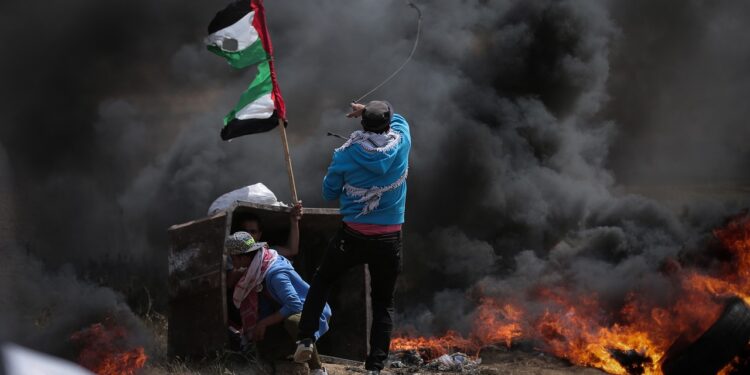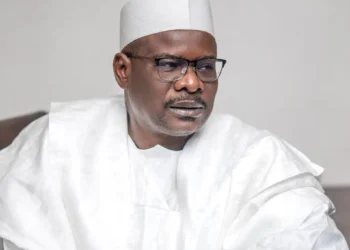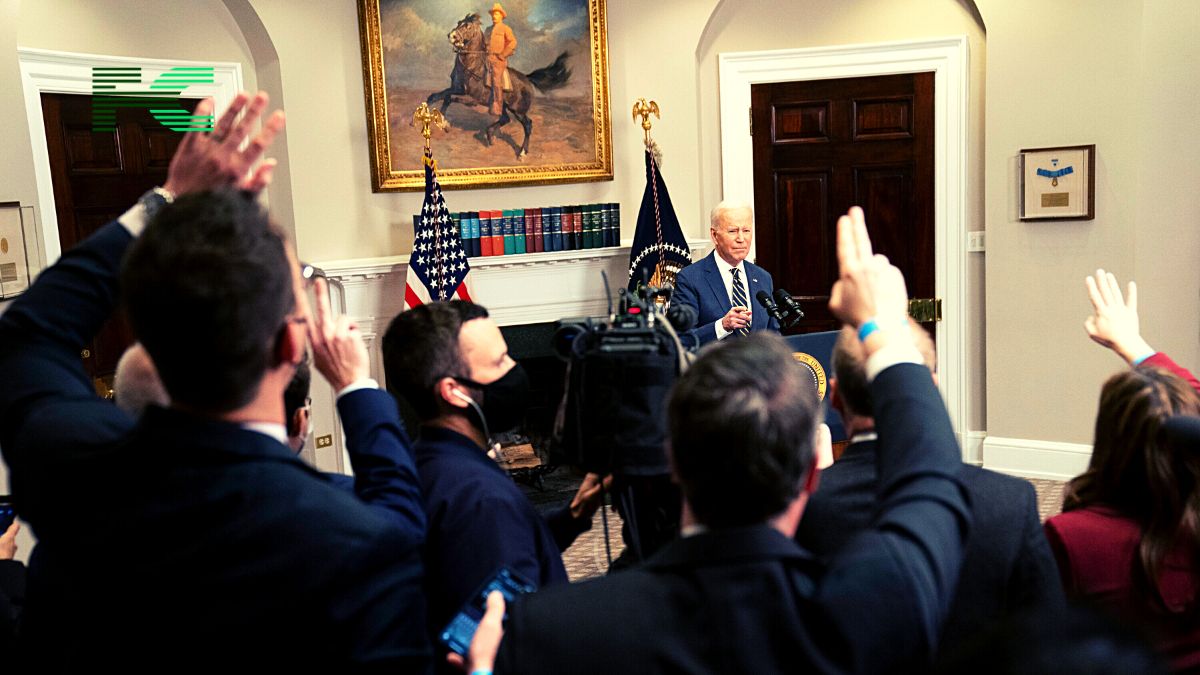The latest negotiations in Doha aimed at achieving a ceasefire in Gaza and securing a hostage deal have been described as the most productive in months. According to a senior Biden administration official, the Israeli delegation appeared empowered, making significant progress on several issues that had previously stalled.
However, this isn’t the first time we’ve seen promising rhetoric around peace in the Middle East, only for those hopes to be dashed. Past efforts have often been derailed by sudden Israeli offensives that prompt Hamas to withdraw from negotiations, or by external events that exacerbate tensions, making any resolution elusive.

A crucial challenge in the current talks is the absence of Hamas. The group has refused to participate in the ongoing deliberations, insisting that past agreements be implemented rather than engaging in fresh negotiations. Israel, on the other hand, remains adamant about introducing new demands. This raises a significant question: How can there be real hope for peace when only one party is present at the mediation table? Without Hamas’s involvement, any proposals put forward are unlikely to gain traction, as the group controls significant territory and has a strong influence over the conflict’s dynamics.
Moreover, Israel’s longstanding position has been to eliminate Hamas as a threat, which has been a major sticking point in past negotiations. The question now is whether Israel is softening this stance or if they have identified alternative strategies to achieve their objectives without direct confrontation. If Israel’s goals remain unchanged, the likelihood of a sustainable ceasefire diminishes, as any perceived compromise could reignite hostilities.
As negotiators prepare to reconvene next week in Cairo, there is cautious optimism. The U.S., along with mediators from Qatar and Egypt, has put forward a bridging proposal that they believe could close the gaps between Israel and Hamas. The discussions in Doha were described as “the most constructive 48 hours” by those involved, but it’s important to temper expectations given the complexities of the conflict.
Adding to the uncertainty is Iran’s recent stance, signaling potential retaliation for the death of a prominent figure, Haniyeh. This adds another layer of complexity to the situation. While the current peace talks are being expedited to prevent further escalation in the Middle East, the question remains whether a genuine ceasefire is achievable with so many unresolved issues and hidden agendas at play.
In conclusion, while there is a renewed spirit and some progress in the negotiations, the road to peace in Gaza is fraught with obstacles. The absence of Hamas in the talks, Israel’s potential shifts in strategy, and external pressures from actors like Iran all contribute to a fragile and uncertain environment. The world watches closely, but history has shown that optimism in this region must be balanced with realism.

















